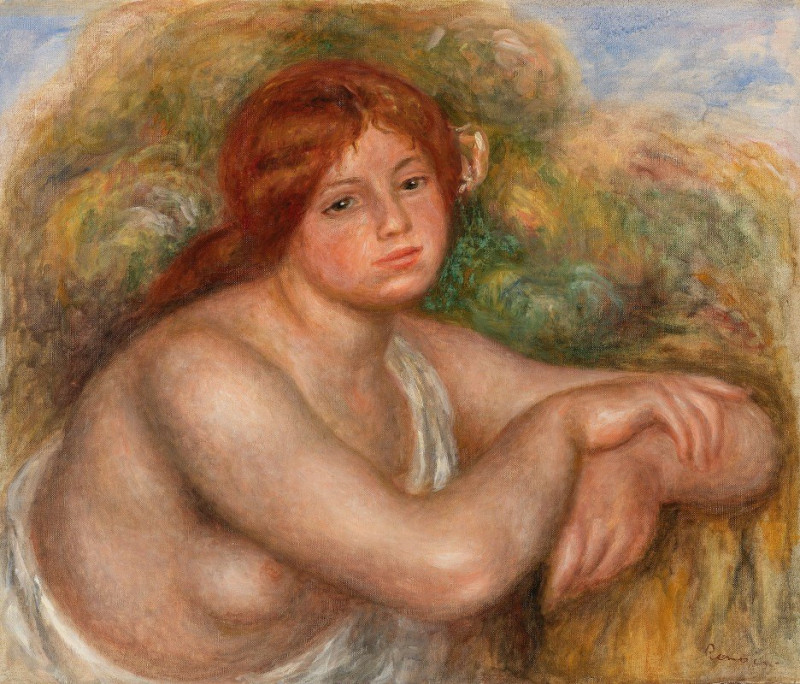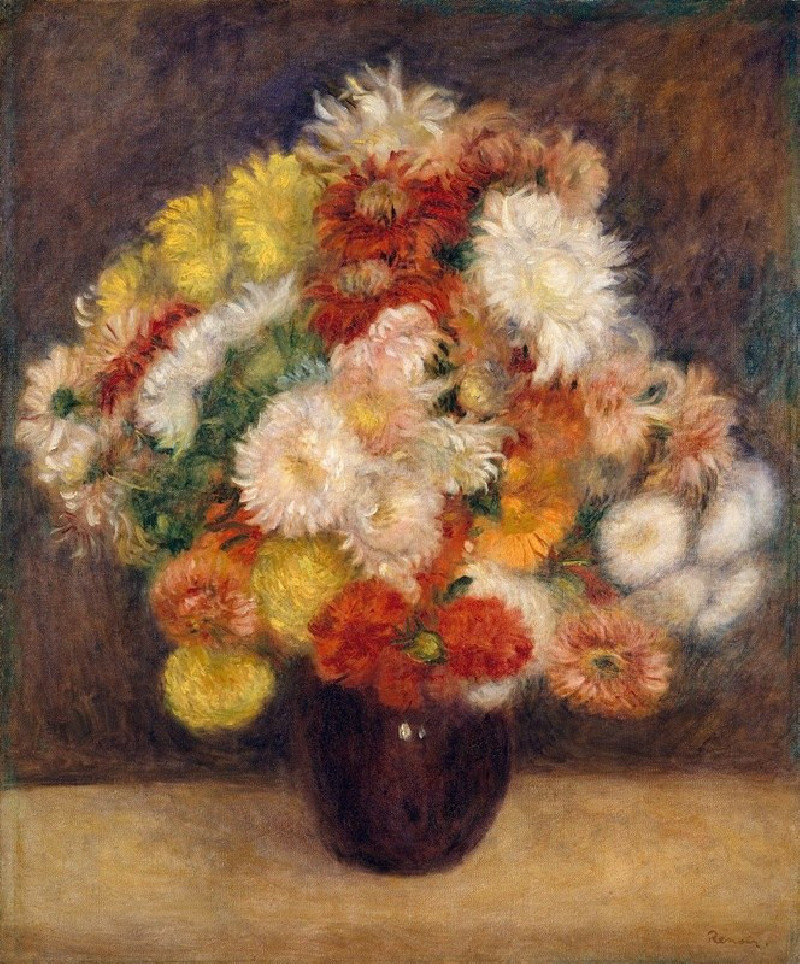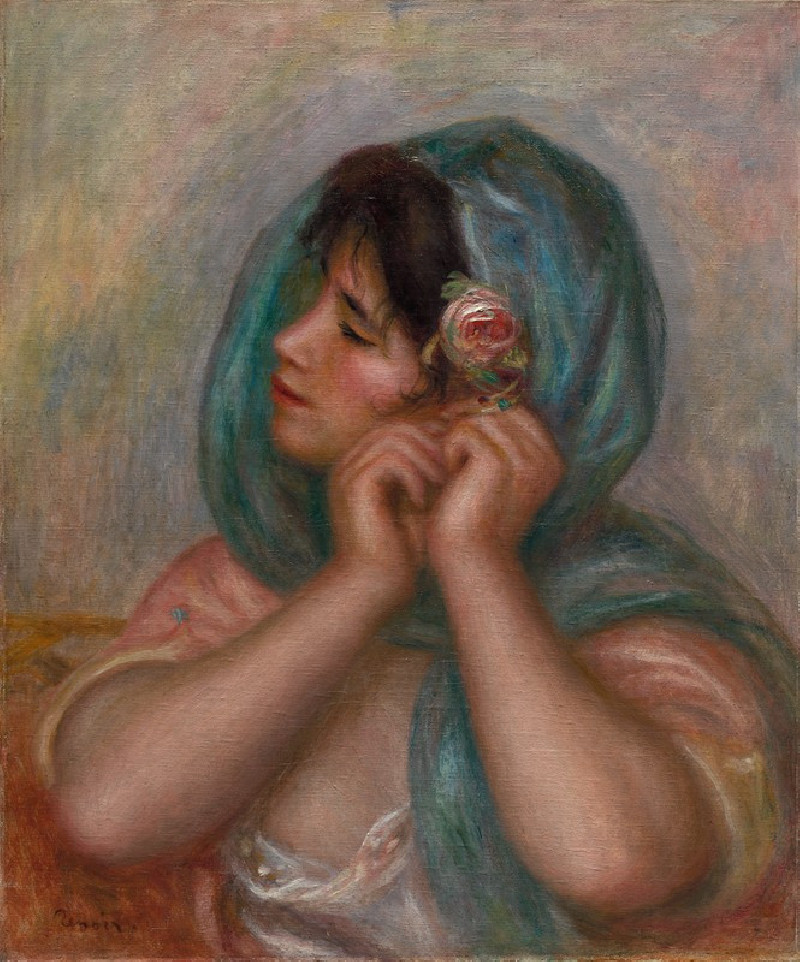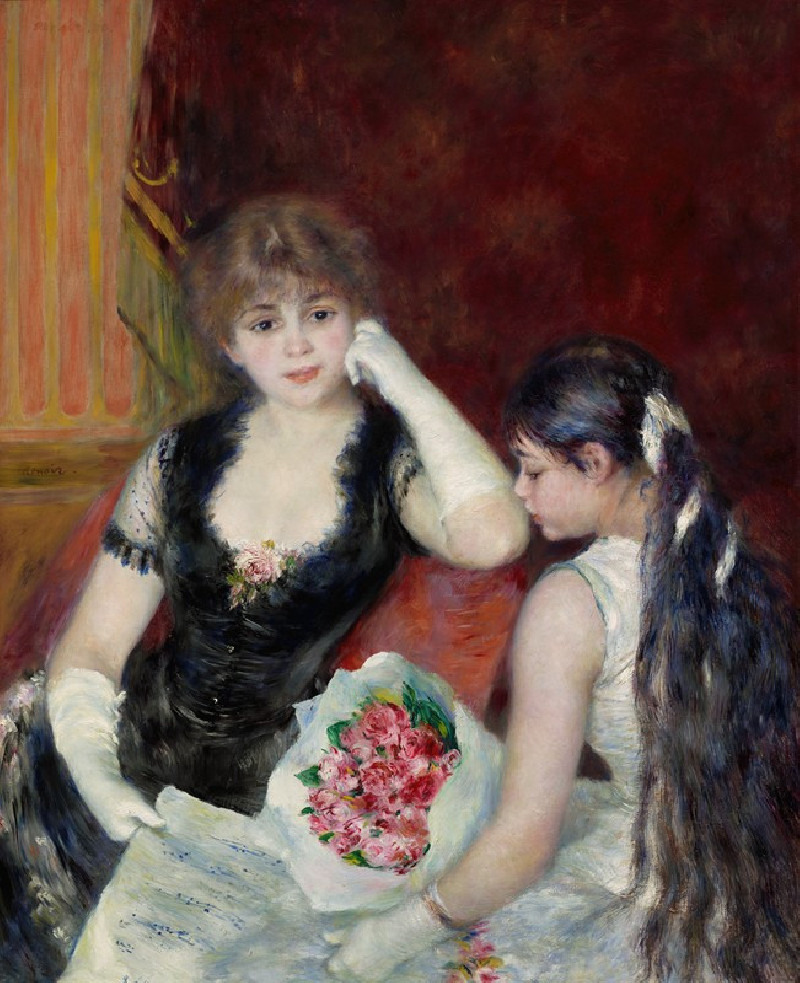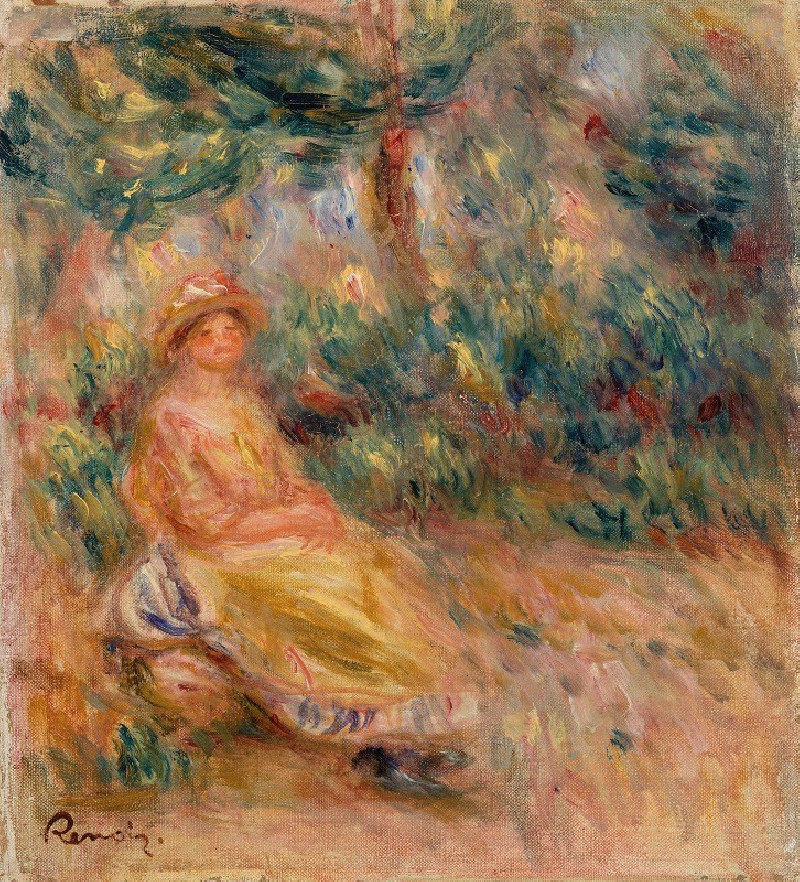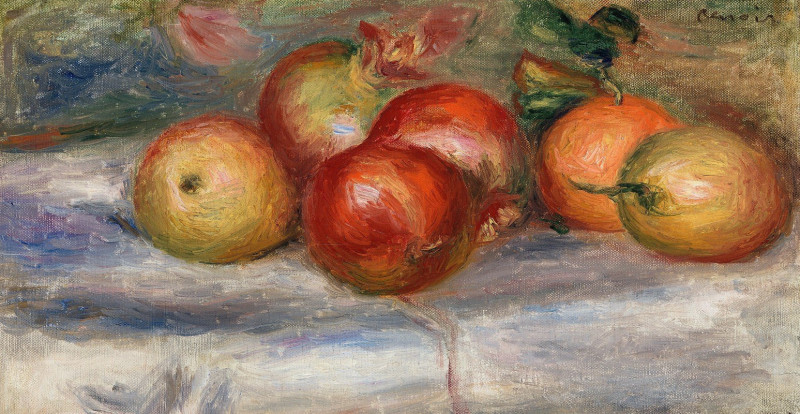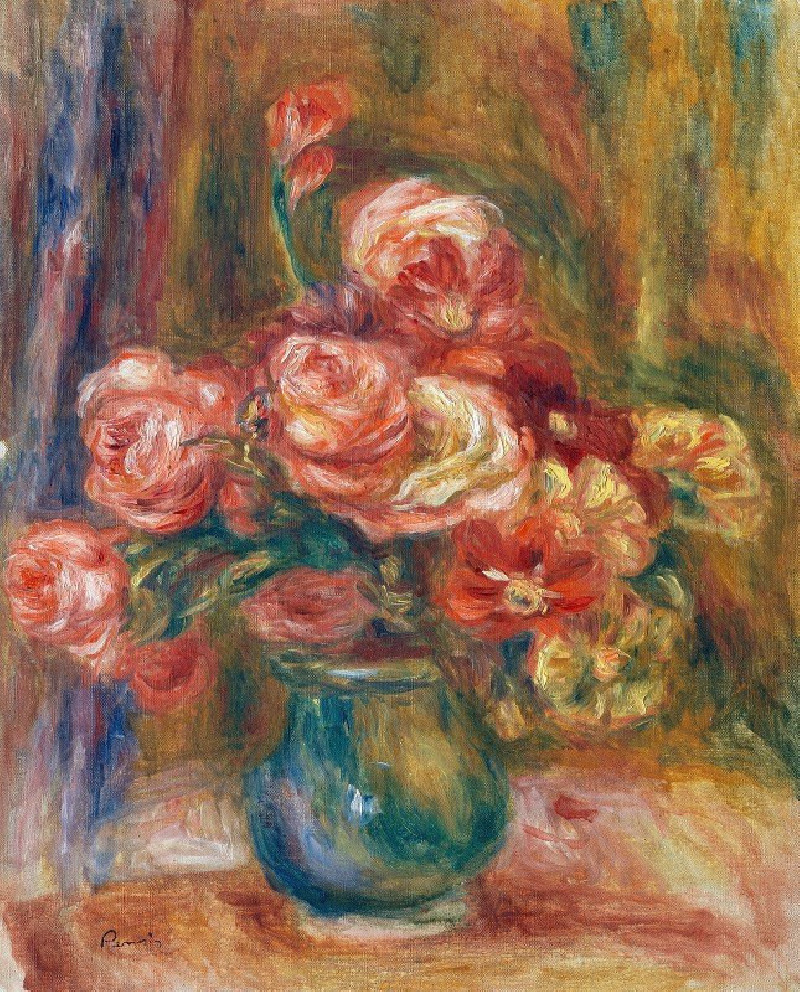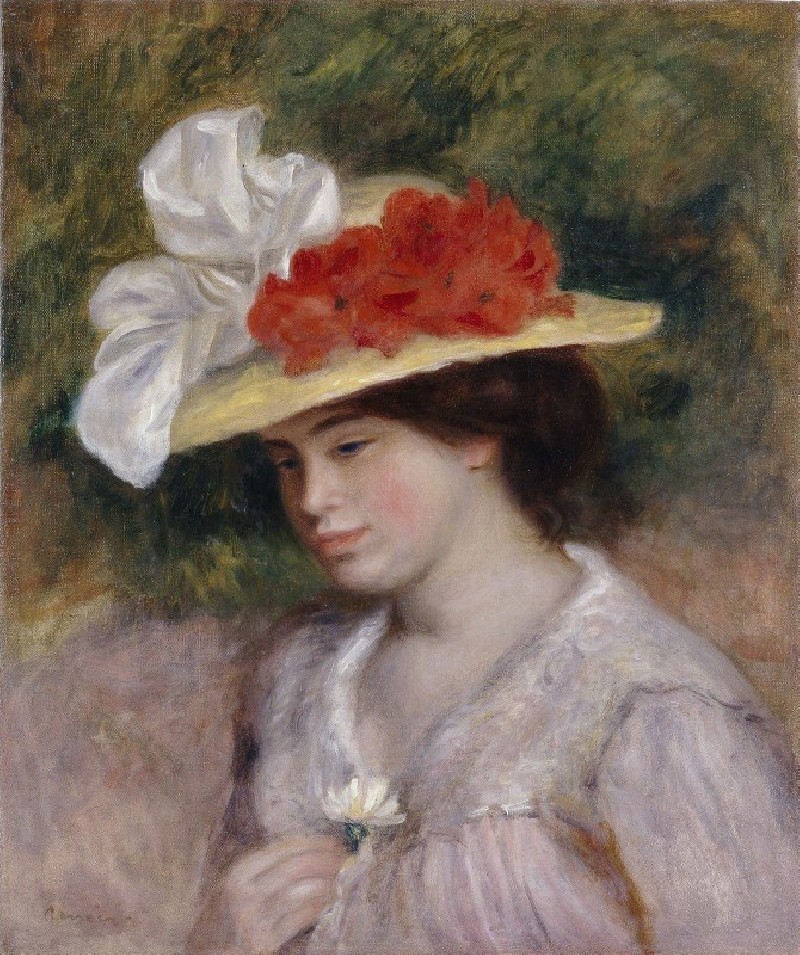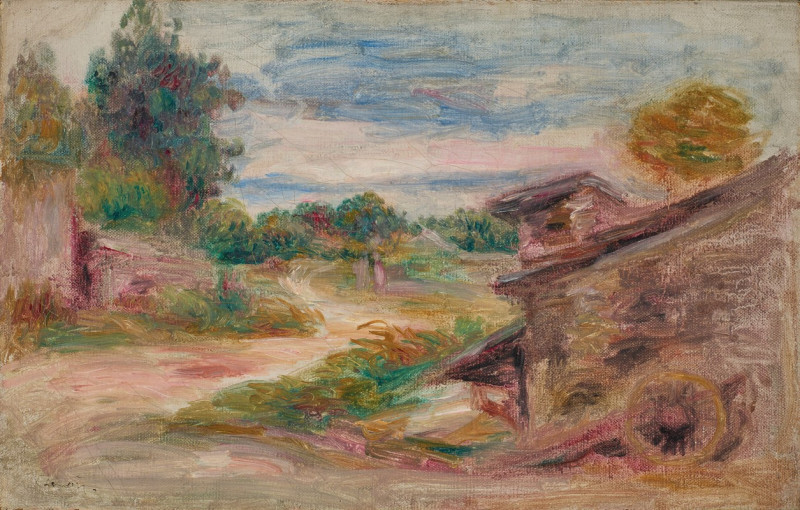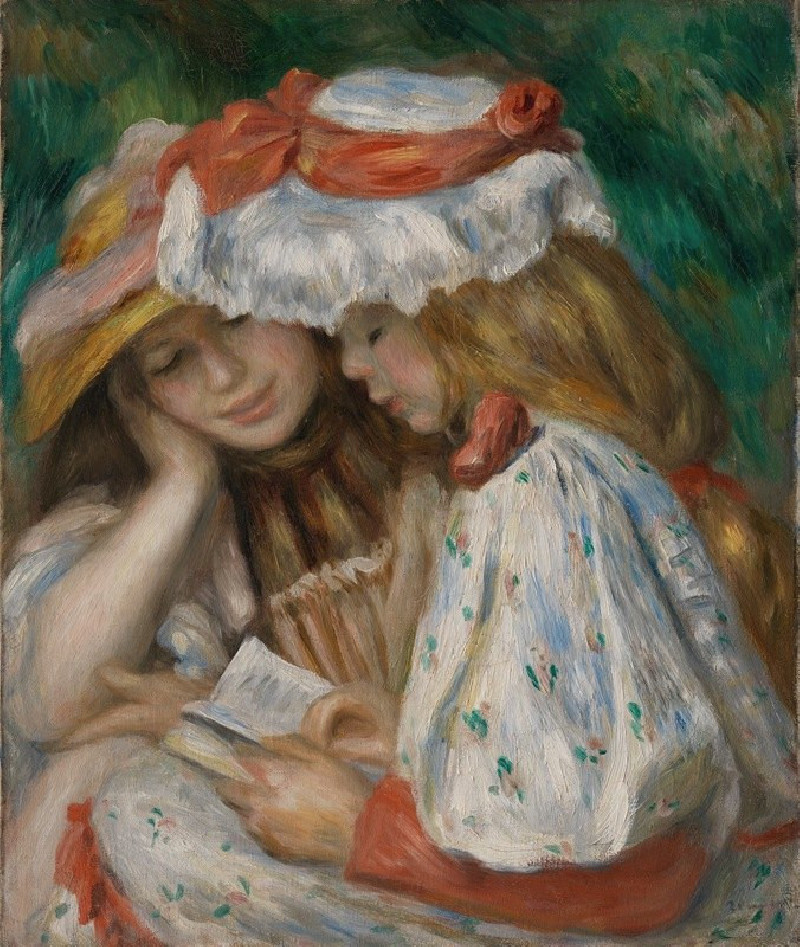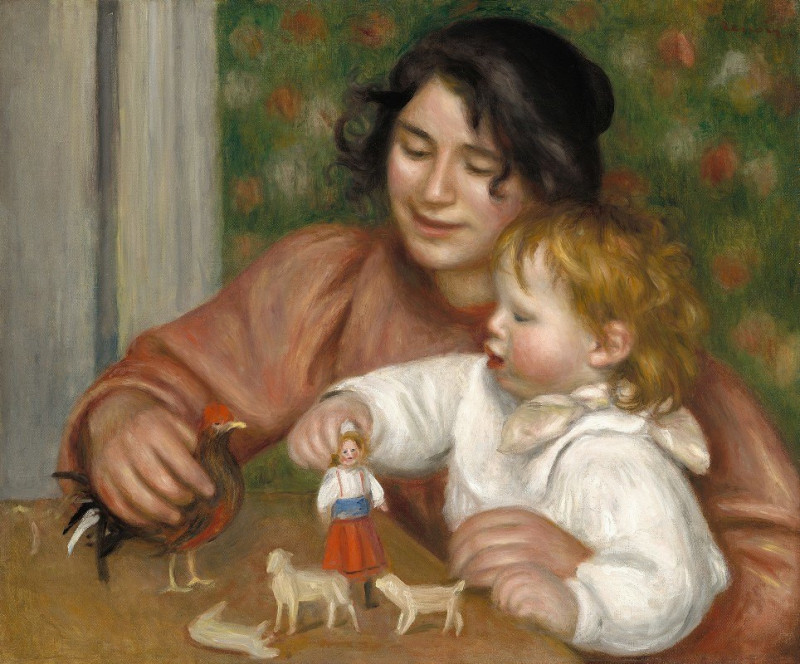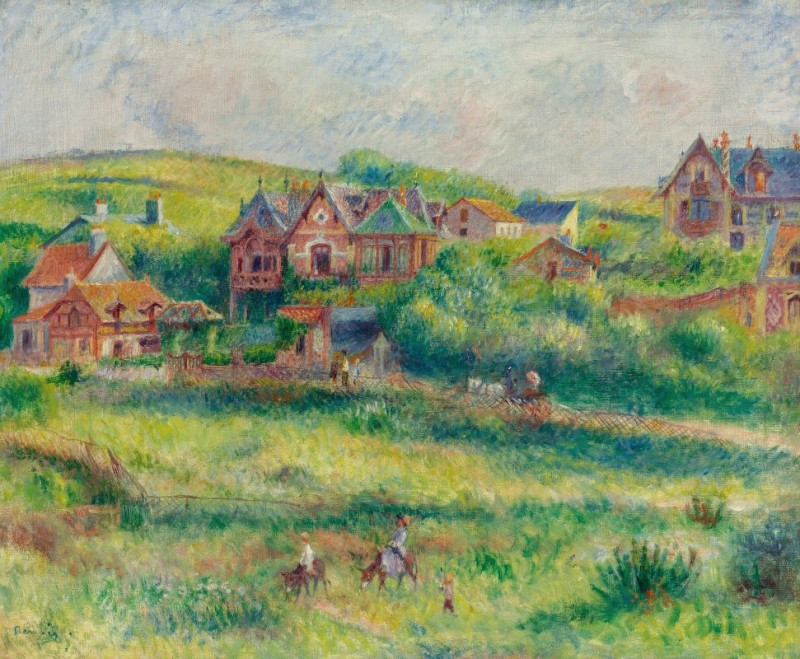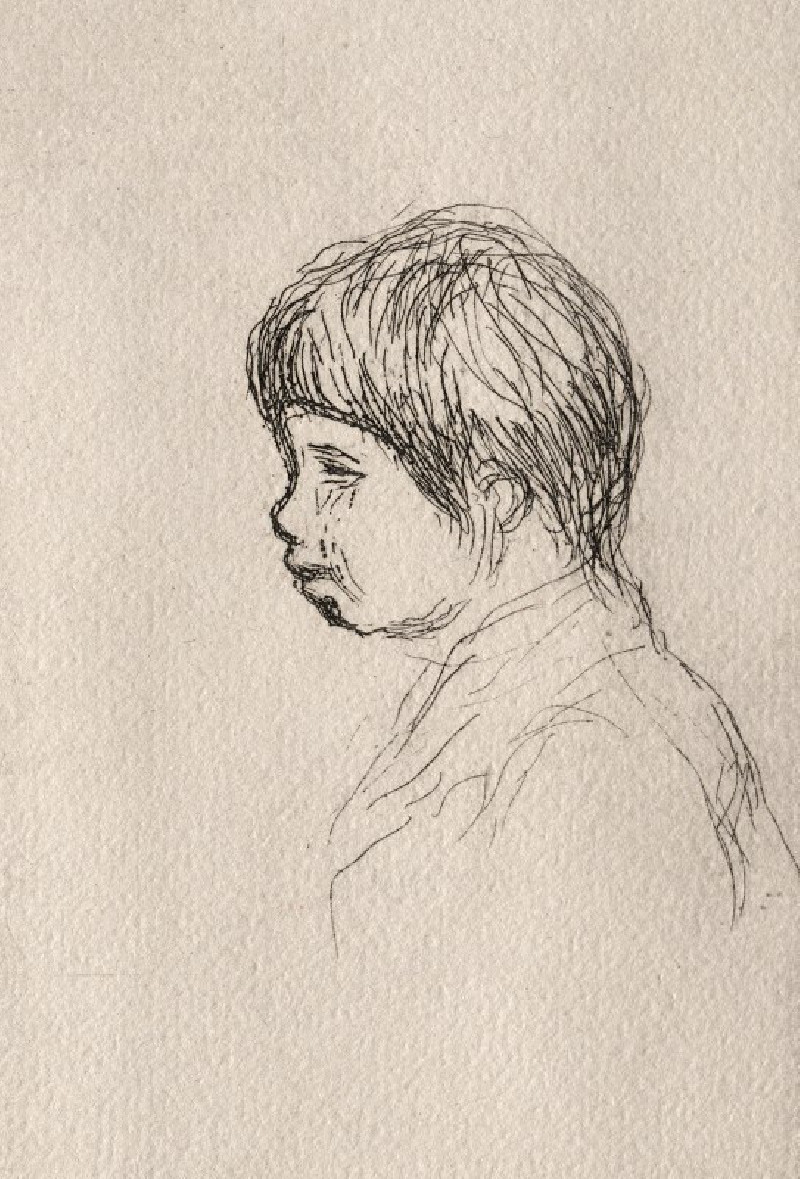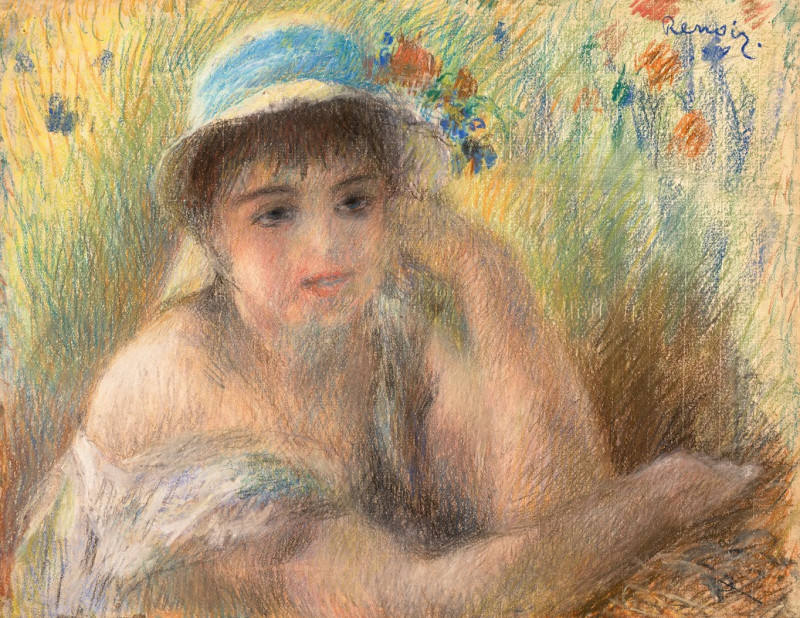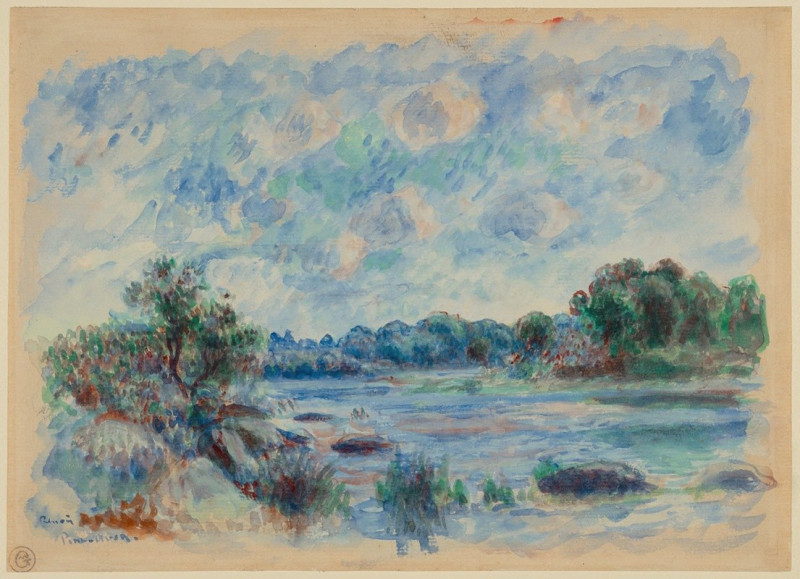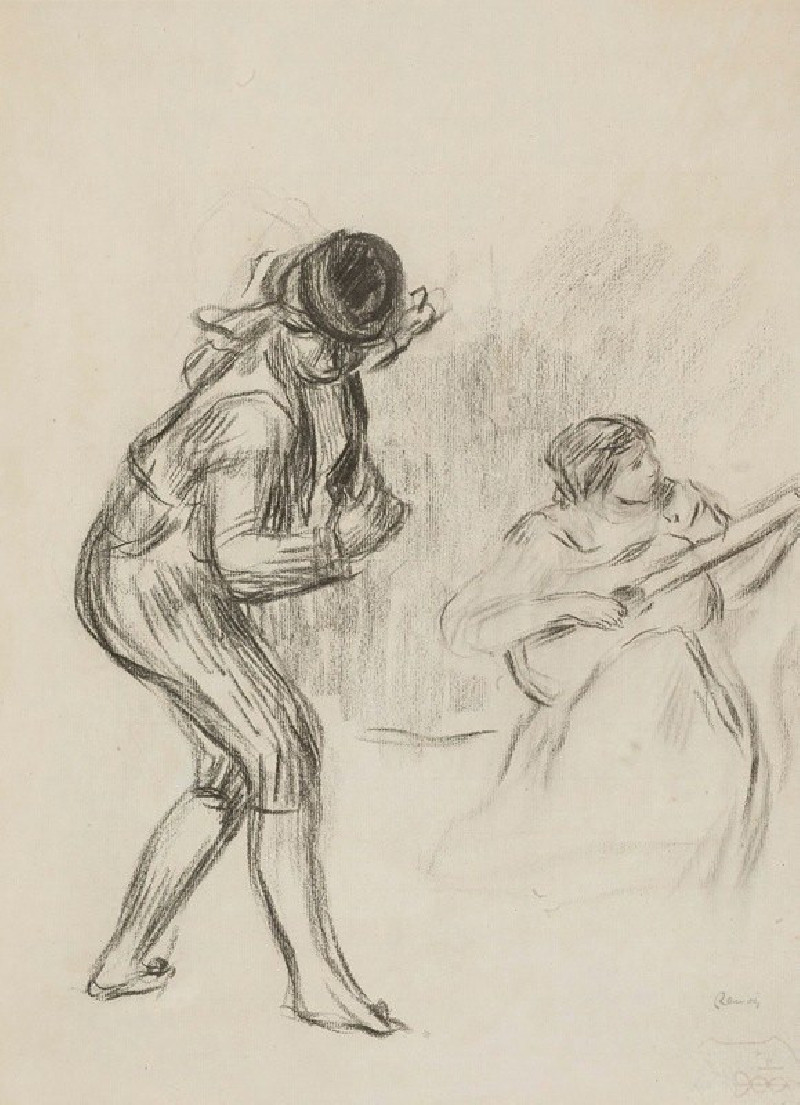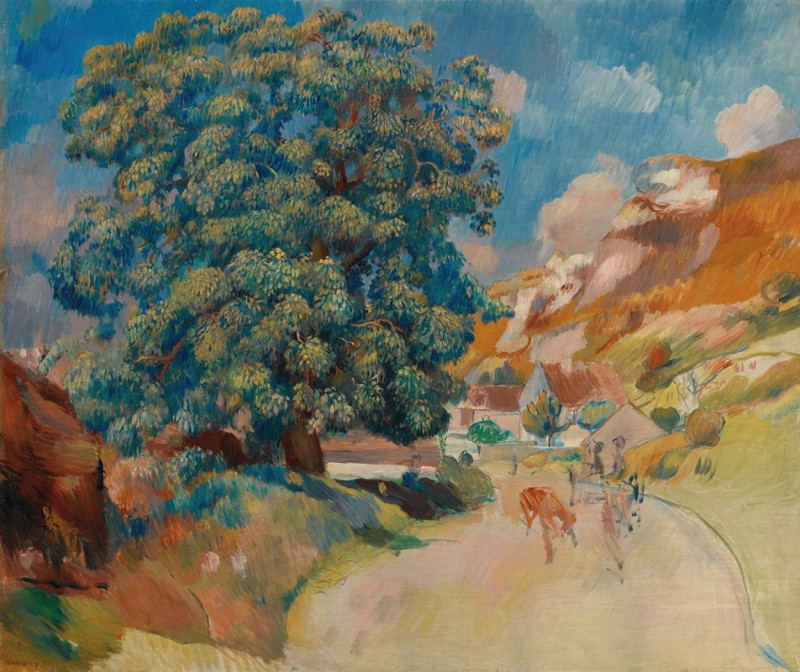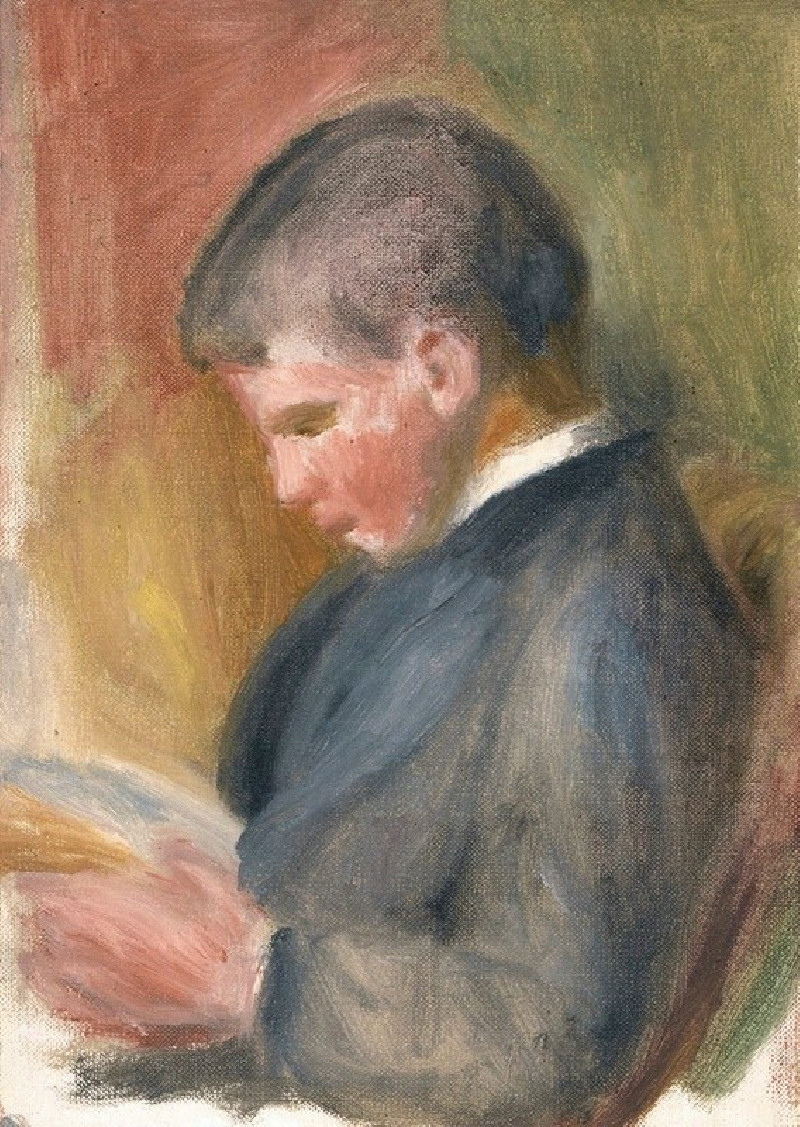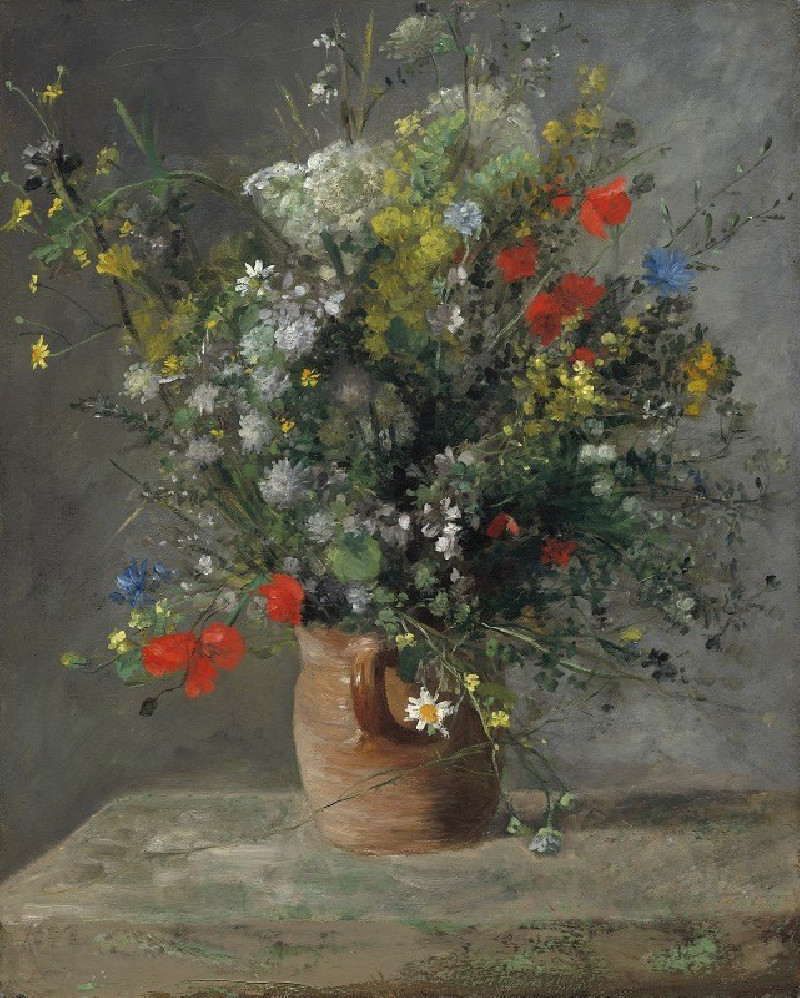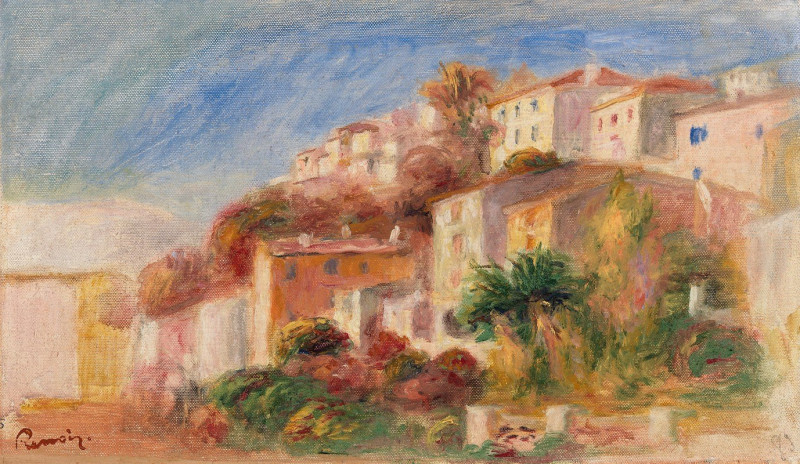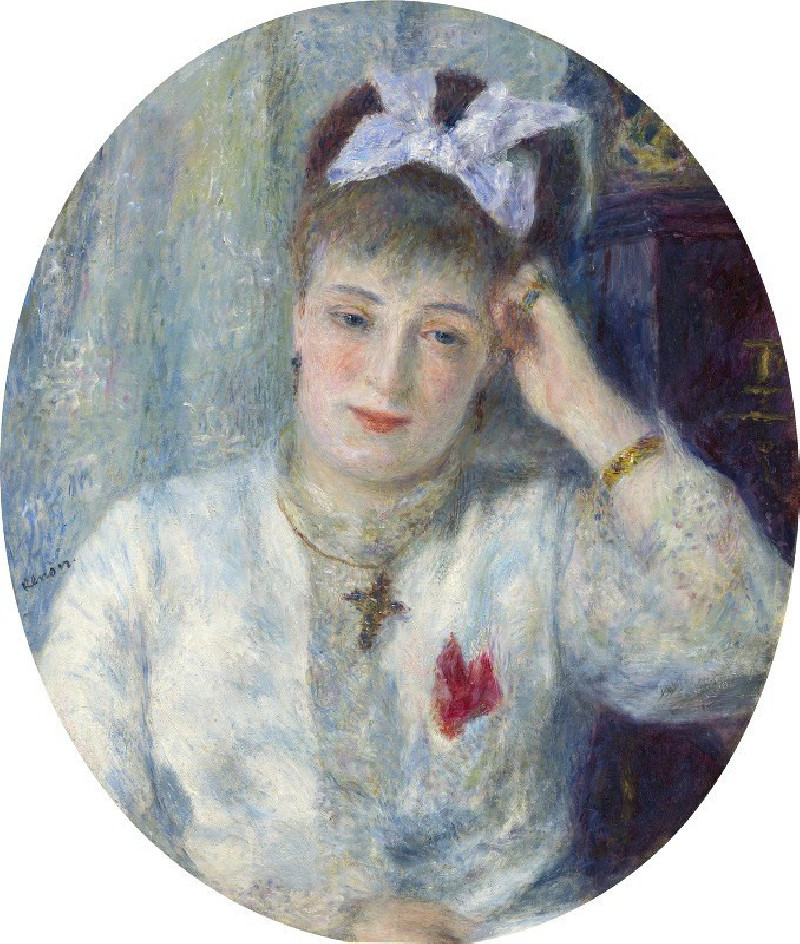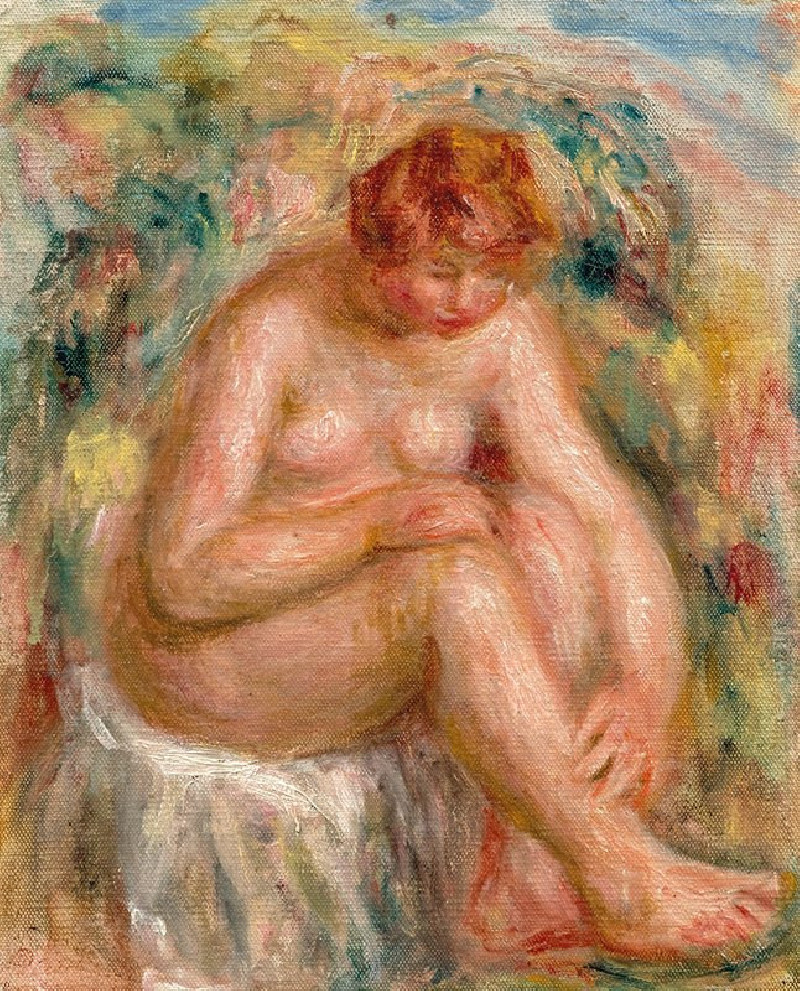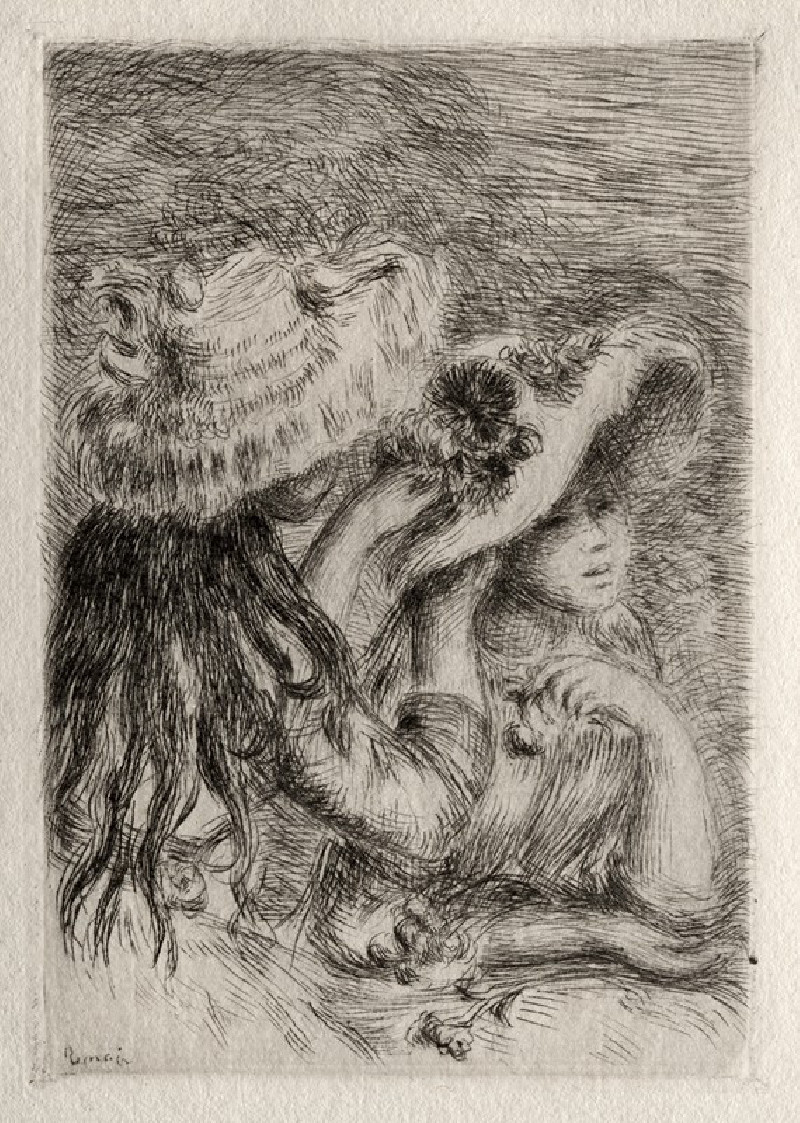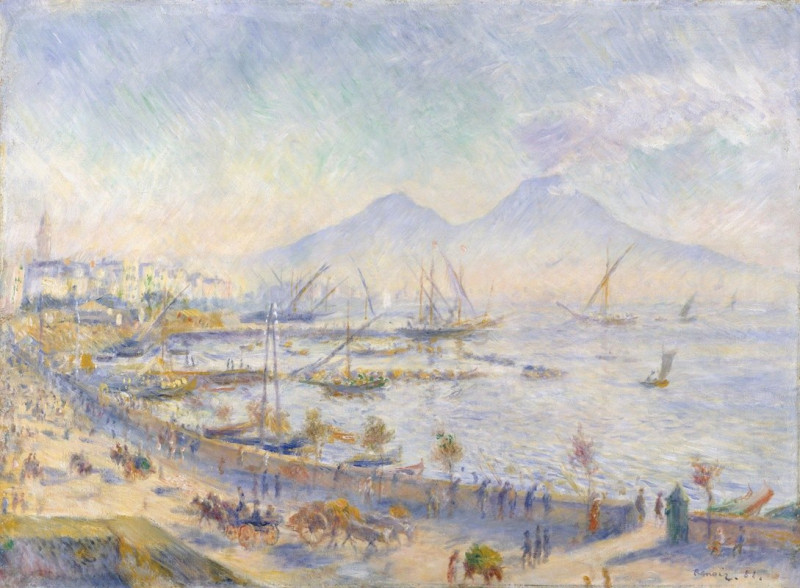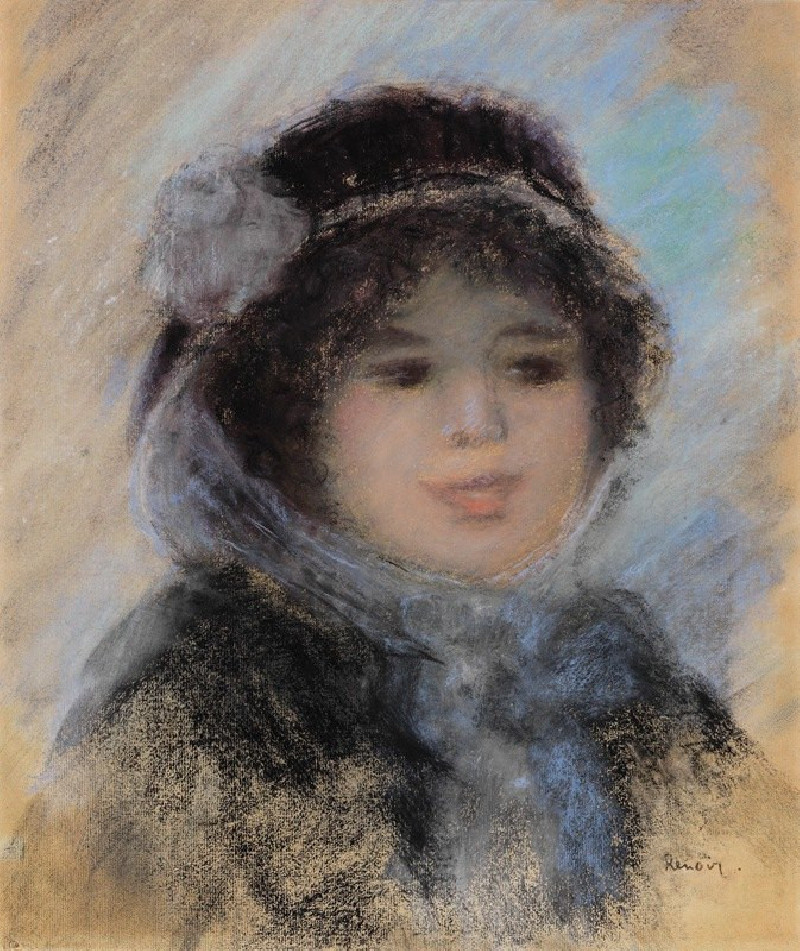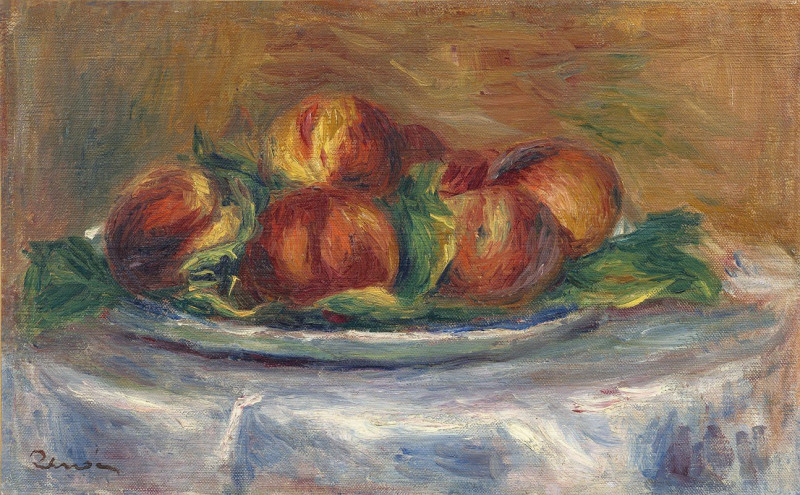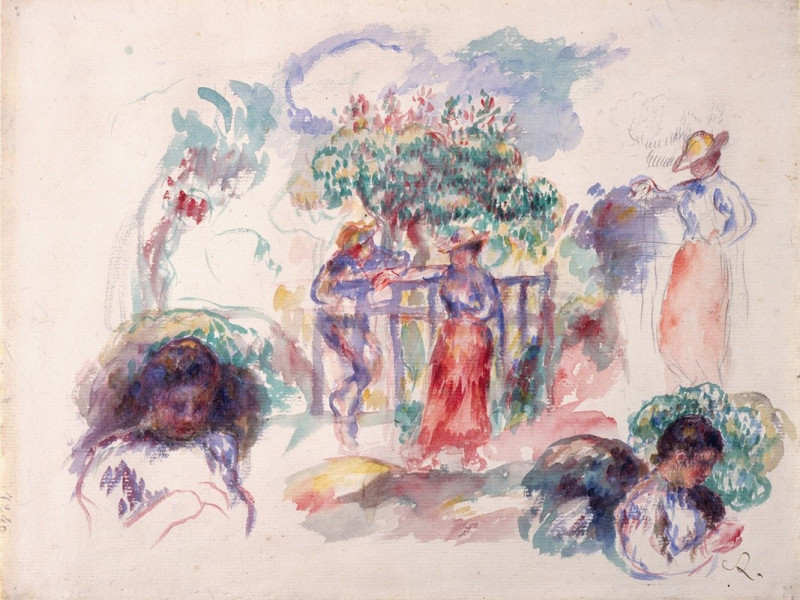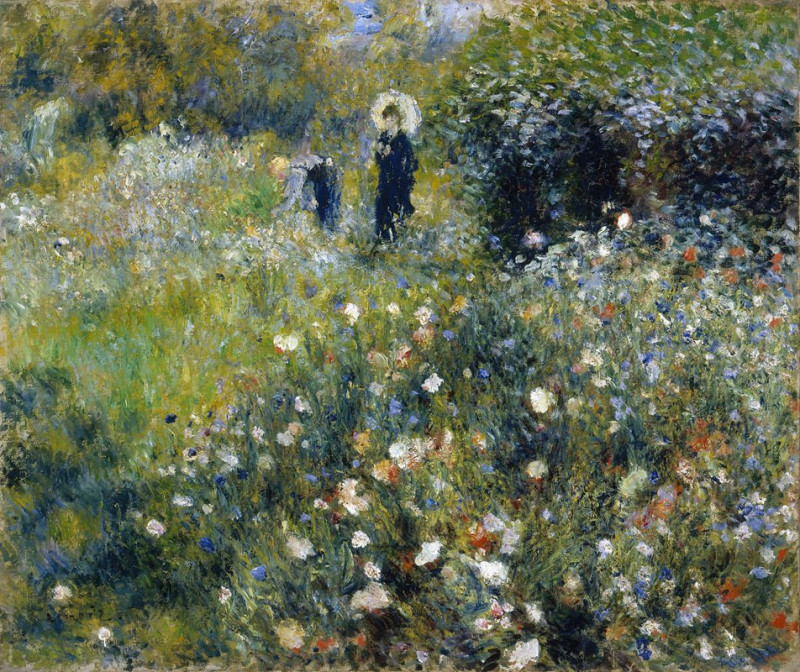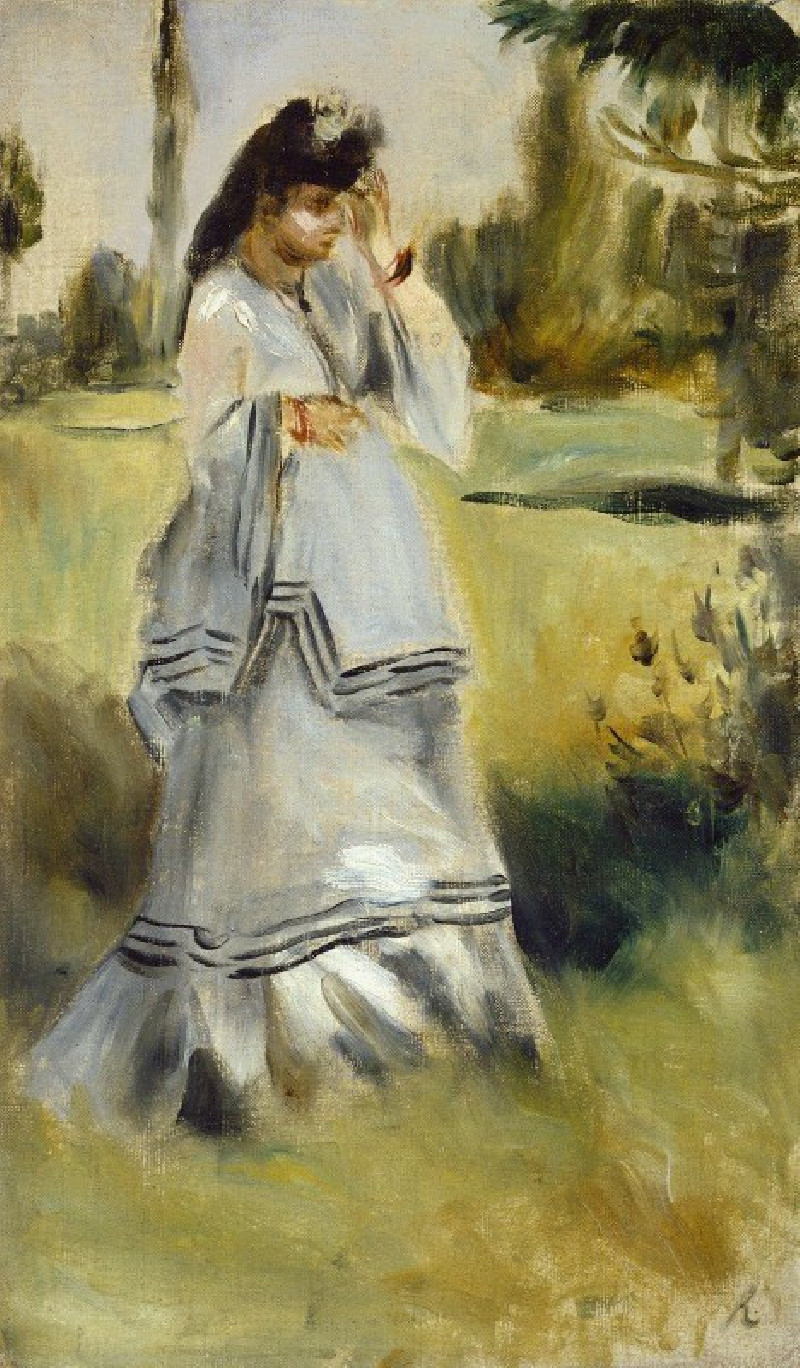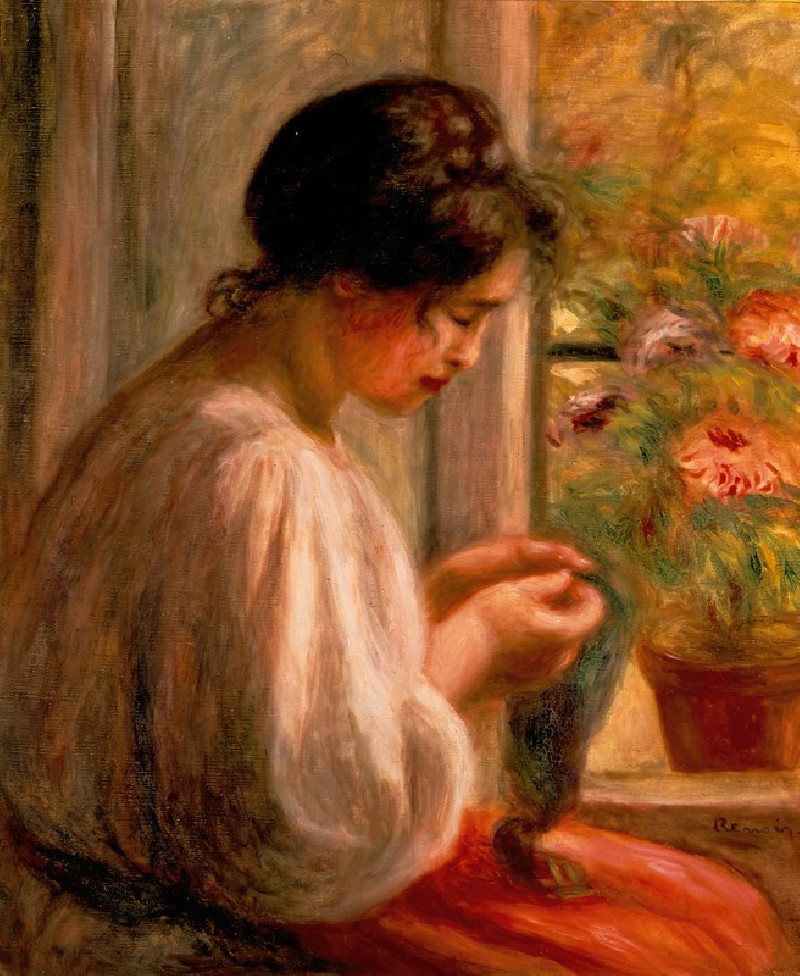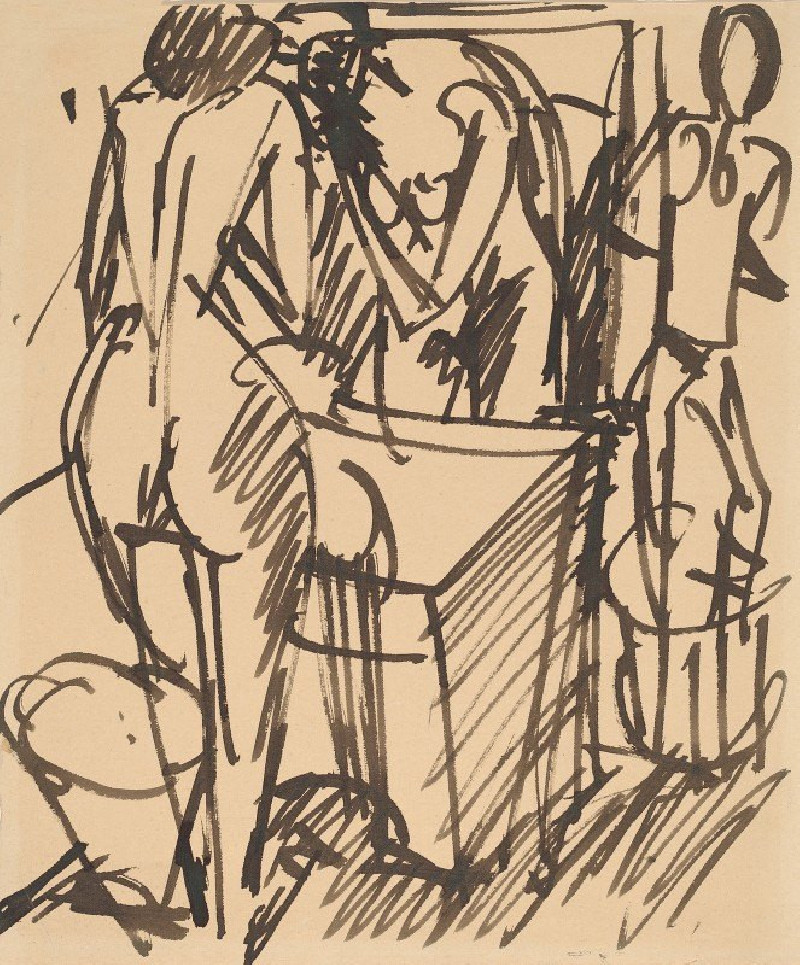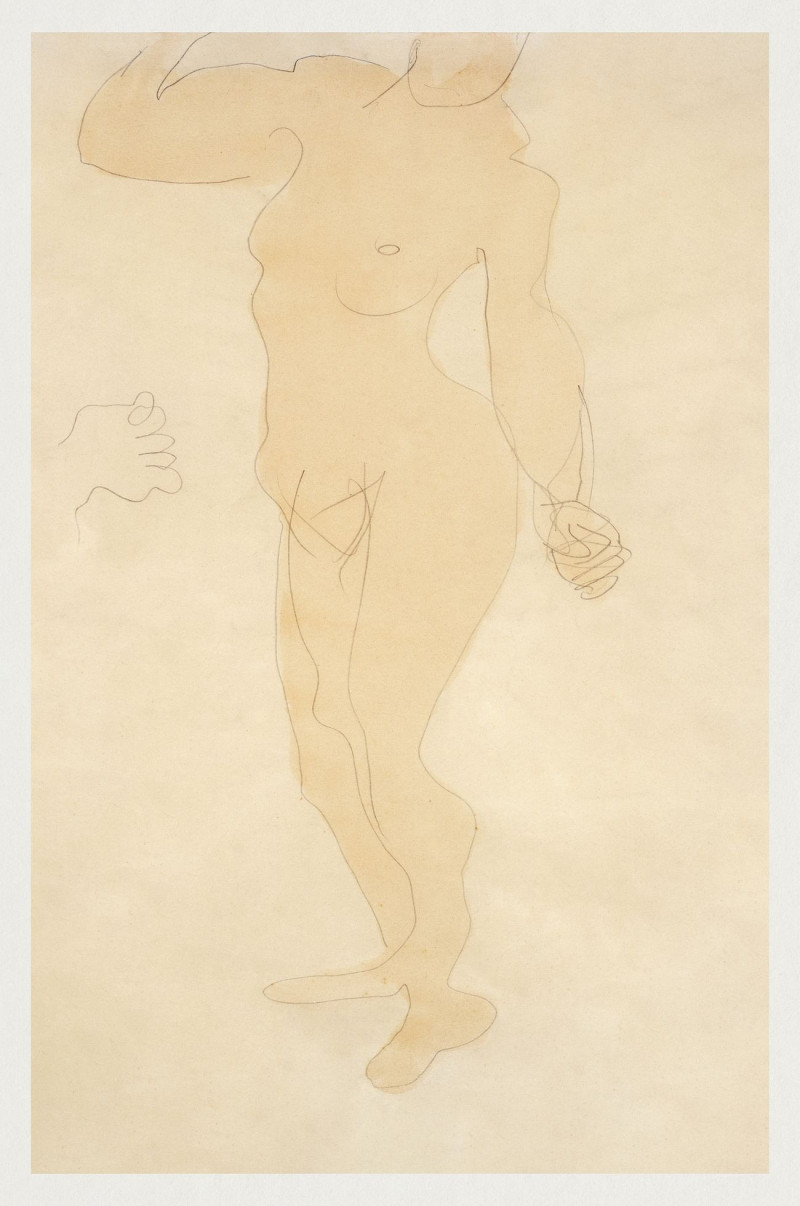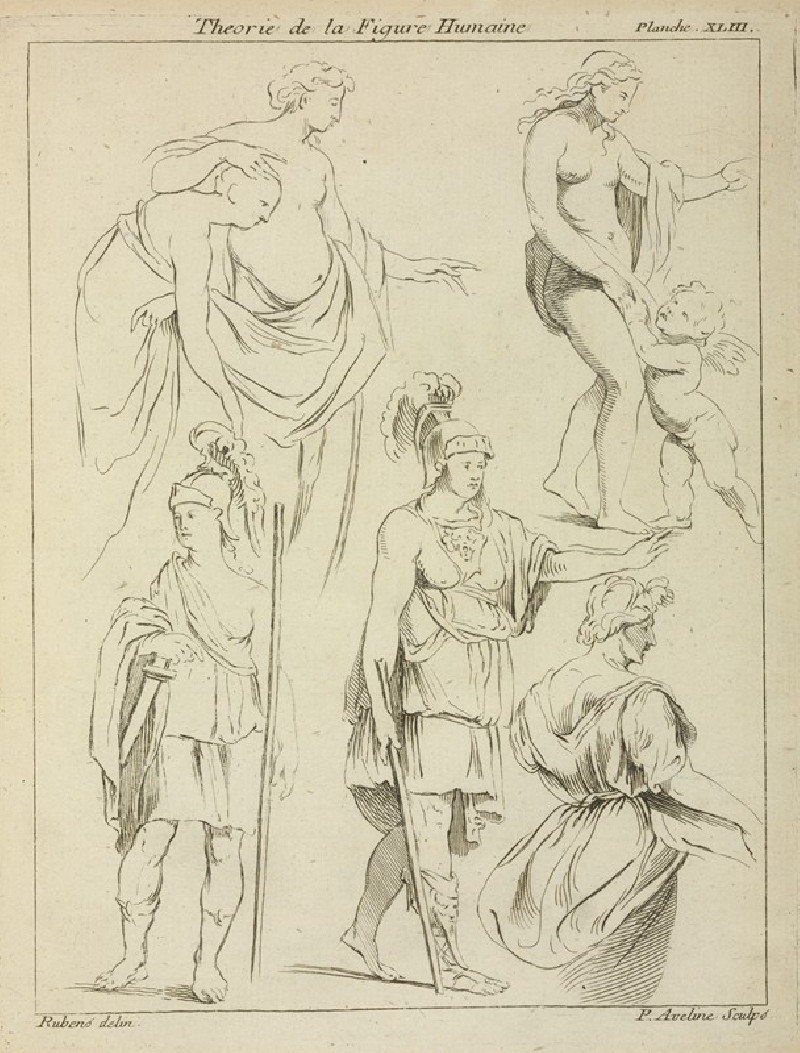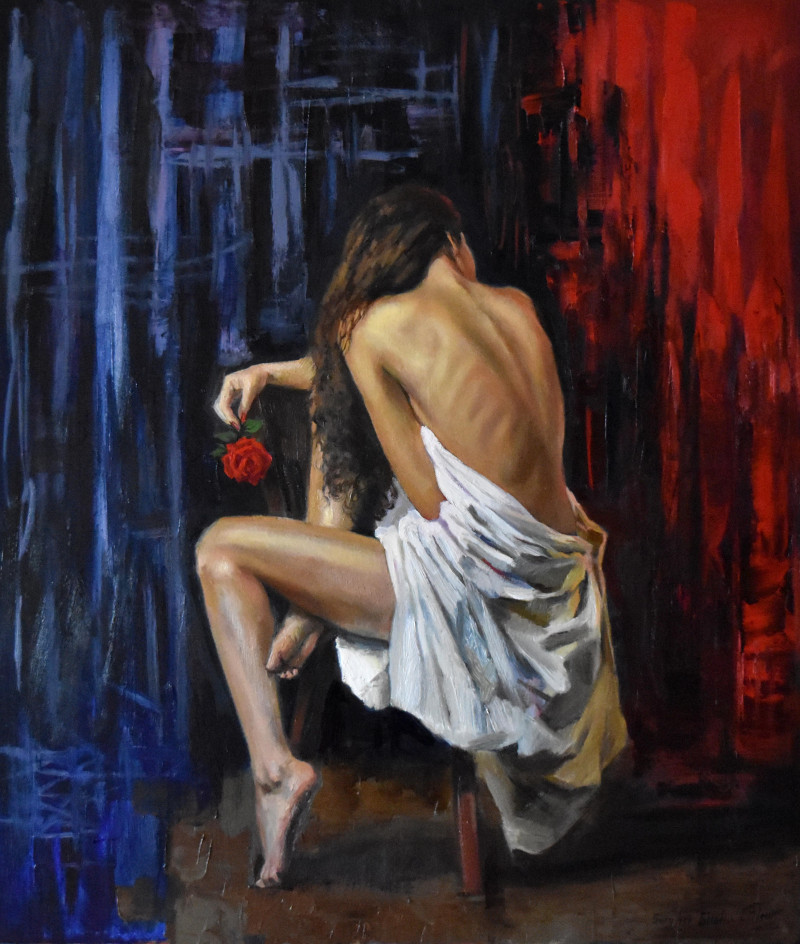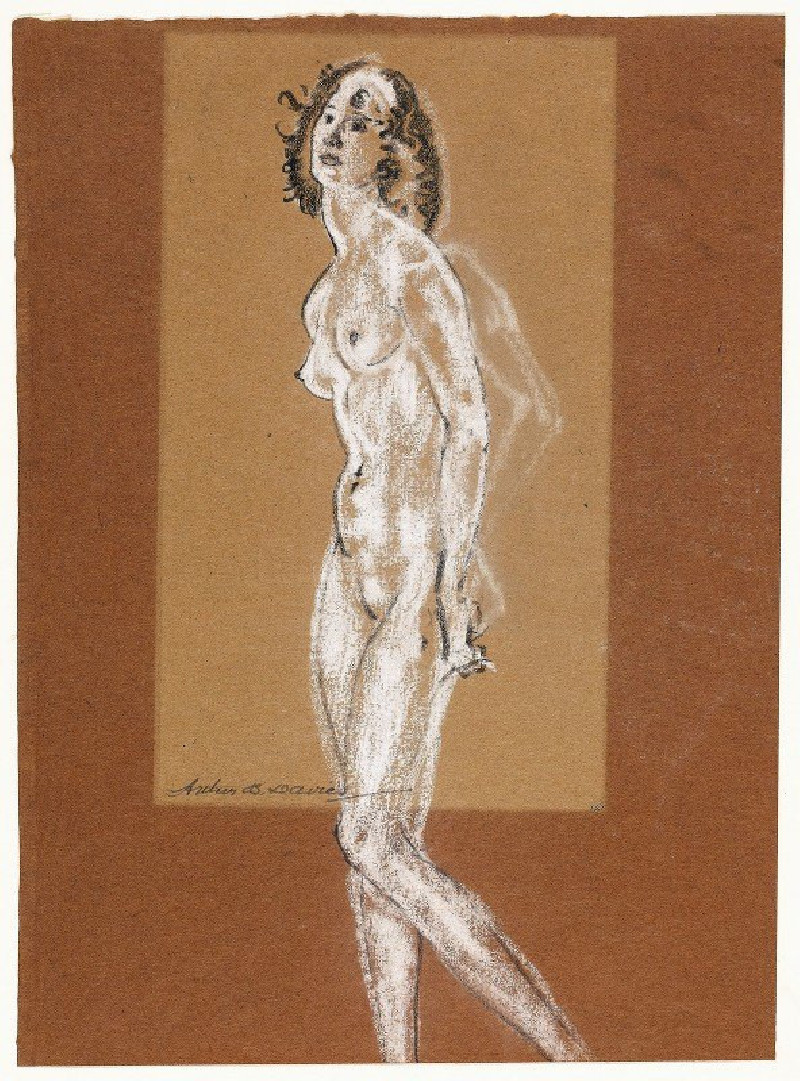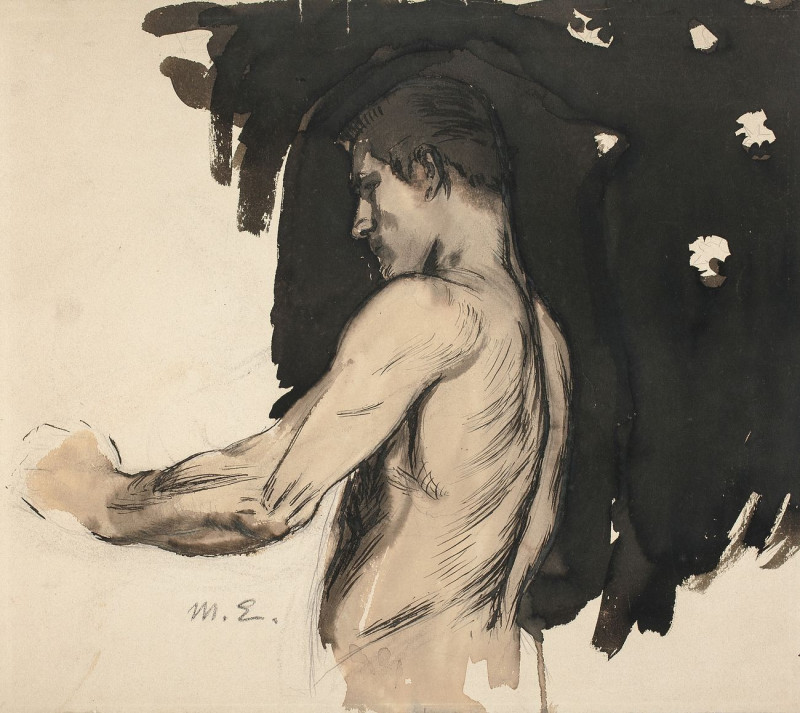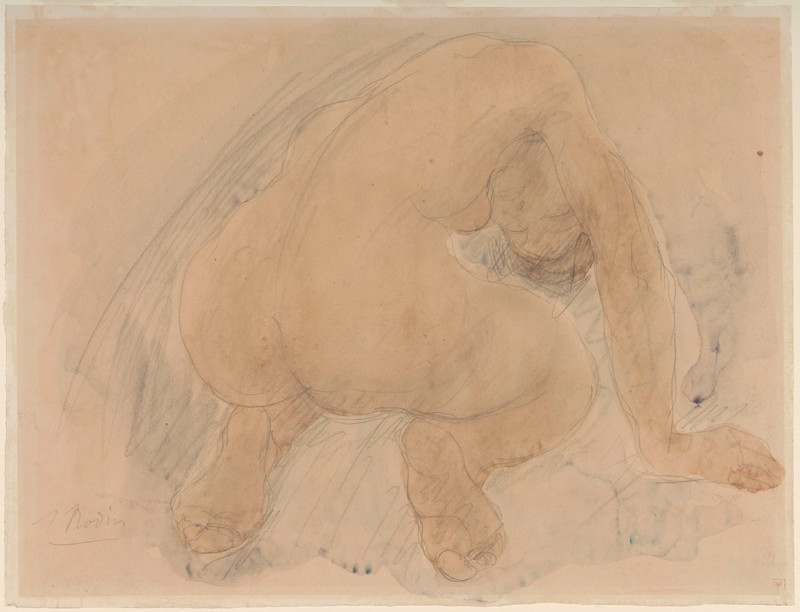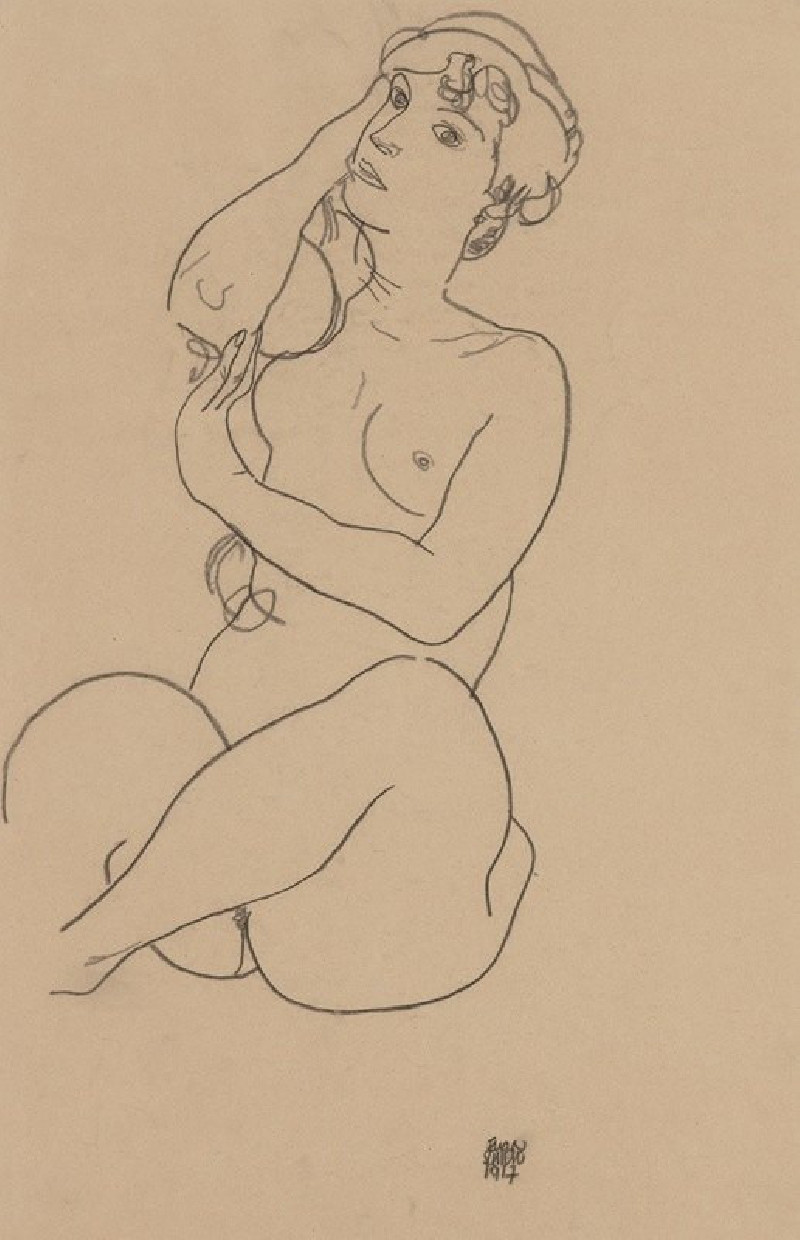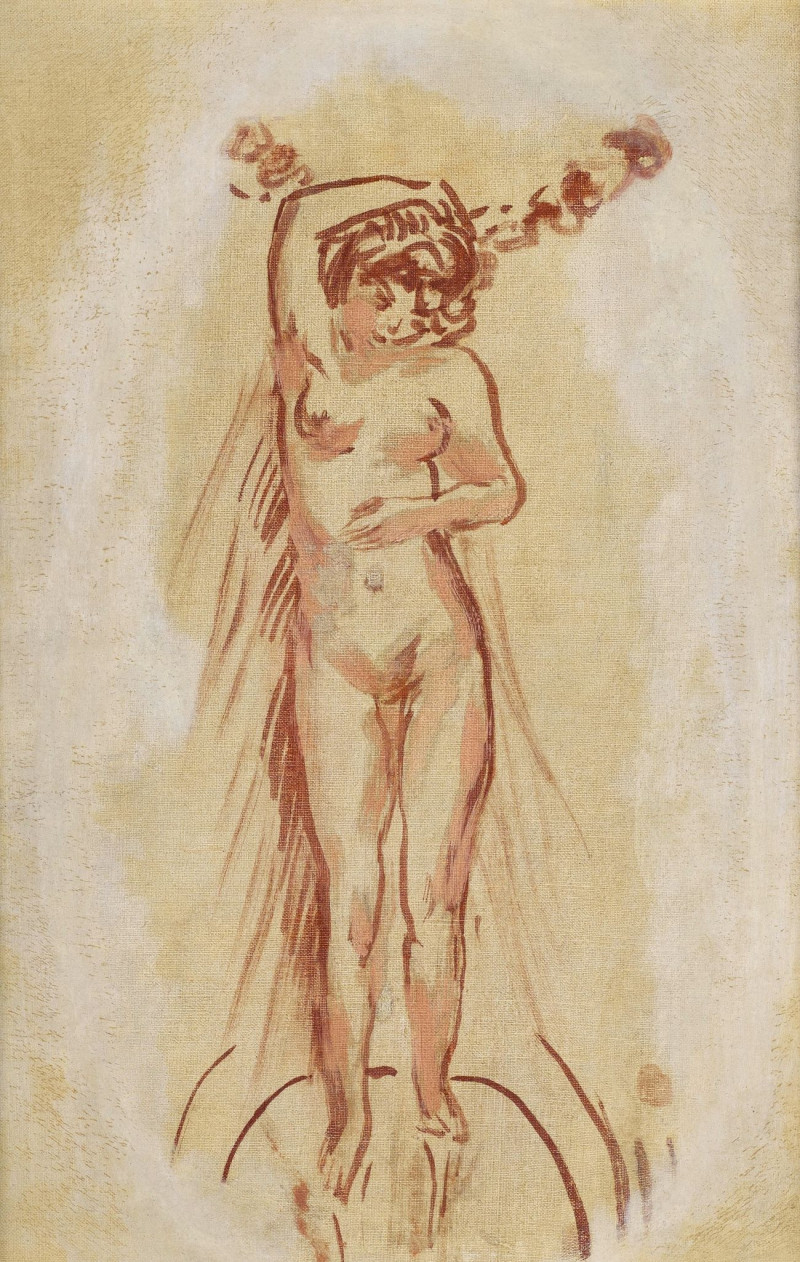Nude Study, Bust of a Woman (Étude de nu, buste de femme) (c. 1910)
Technique: Giclée quality print
Recommended by our customers
More about this artwork
This painting by Pierre-Auguste Renoir, titled "Nude Study, Bust of a Woman" (circa 1910), presents a tender and expressive portrayal of a seated woman. Renoir's soft, fluid brushstrokes create a luminous texture, particularly noticeable in the treatment of the woman's skin and the airy background, which blends abstractly into the lush surroundings. The woman's gaze seems introspective and slightly downward, contributing to a sense of vulnerability or pensiveness.Her red hair, vibrant against the more muted tones of the background, frames her face and cascades down around her shoulders, adding a touch of warmth to the composition. The handling of light and color is indicative of Renoir's Impressionist style, focusing on the effects of light on surfaces and the vibrant interplay of colors. This piece exudes a sense of intimacy and contemplation while showcasing Renoir's characteristic focus on beauty and sensuality.
Delivery
Returns
Pierre-Auguste Renoir was a French artist who was a leading painter in the development of the Impressionist style. As a celebrator of beauty and especially feminine sensuality, it has been said that "Renoir is the final representative of a tradition which runs directly from Rubens to Watteau."

